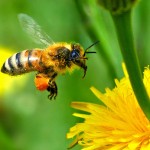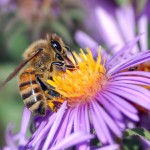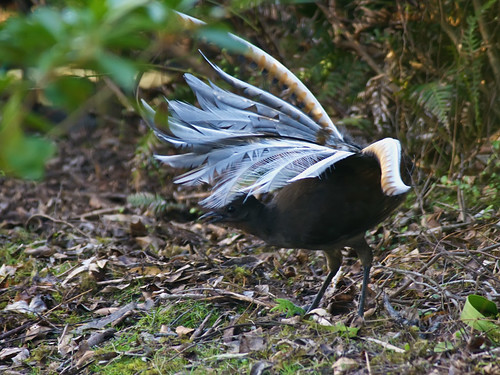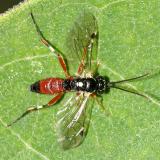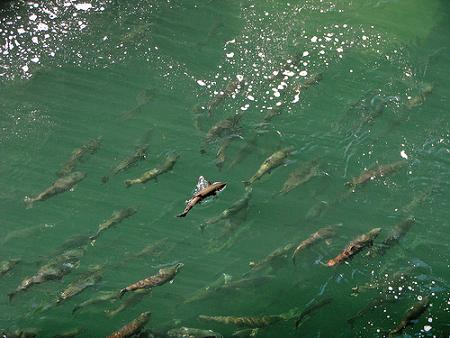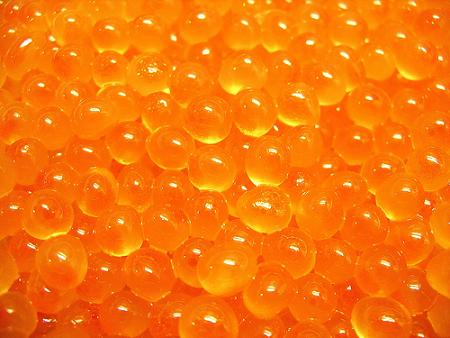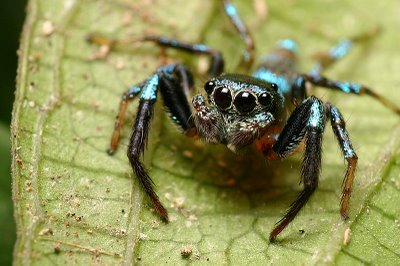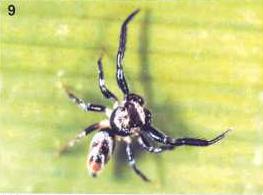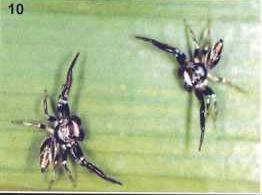The concept of animals being able to feel and experience emotions has long been a burning question of man (for full discussion, see Bekoff, 2000). Often times we do observe behaviors that seem to suggest the possibility that animals are emotional beings like us. A dog being scolded by his master knows how to whimper, have its head and tail down, and thus appears to look guilty. A cat licking its kitten seems to demonstrate care and love for its offspring. A monkey baring its teeth and growling in aggression has been assumed to be showing anger. Indeed, Darwin has drawn the link between emotion expression in humans and animals in his book, The Expression of Emotions in Man and Animals (1872). According to him, much of humans’ emotional expression had its roots in our more primitive past, and serves a particular function. For example, the widening of the eyes in humans upon being surprised seems to facilitate the intake of novel information. The human tendency to grimace when angry seems to reflect a suppression of a more primitive urge to bite during an anger episode. However, there are still scientists who draw caution in assuming that displays of such emotion-related behaviors in animals are markers of their emotional experiences (see Bekoff, 2000). As animals are not able to report their subjective feelings, science currently has no other method to measure the existence of such emotions in animals objectively. Nonetheless, it is still interesting that emotion-related behaviors are being observed amongst animals.
Of special interest is the elephant. There has been multiple observations of elephants mourning for the lost of one of their kind, upon stumbling onto a carcass. This appears to happen in both Asian, Elephas maximus, (Joshi, 2010) and African, Loxodonta Africana, (McComb, Baer, & Moss, 2006; Merte, Gogh, & Schulte, 2008) elephants. Such behavior has not been observed in most of other animals, and is thus, unique to elephants (and humans). This video provides an example of what happens:
An Elephant Mourns a Fallen Friend
As elaborated by (Joshi, 2010; Merte, Gogh & Schulte, 2008), elephants, the elephant has been found to be capable of displays such mourning behavior, which, appears to be reminiscence of humans’ mourning behavior. It was observed that when a member of the herd has passed away, either due to fights or injury, the entire herd would gather around the dead elephant and stay there, not eating, and not allowing anything near it for 18 hours to 24 hours (e.g., Joshi, 2010). Mothers of stillborn infants appear to grieve for days over her dead infant, crying and trying to revive it, before finally moving on (Joshi, 2010; MacKenzie, 2001). Often, when a herd comes across a skeleton of another elephant, they would also hover around the carcass and examine the bones and skull by smelling, touching and moving the bones around, as if trying to recognize whom it was (McComb, Baker, & Moss, 2006; Merte, Gough, & Schulte, 2008). If it were not buried, sometimes they would then attempt to bury it as well (Joshi, 2010). They are even known to visit the grave of the dead elephants (Bhattacharya, 2005). Furthermore, other studies also found that elephants also display some kind of emphatic behavior to the injured and distress (Douglas-Hamilton, Bhalla, Wittemyer, & Vollrath, 2006).
So what is the implication of such behavior? Does this indicate that they are able to feel sadness? Do elephants understand the meaning of death and loss? Does this mean that they also have the emotion of love, that they understand the concept of love and empathy? Does this suggest that elephants have some kind of higher level consciousness (compared to other animals who do not display such behavior) and are thus able to reflect upon death, life and loss?
Unfortunately, there is still as yet no concrete answer to these questions. One can only infer and speculate about the emotional lives of elephants. Nonetheless, these findings do tell us that elephants have the ability to recognize their own kind (even the carcass), and also speak of their strong social bonds between each other. Such findings about animal behavior are encouraging in our pursuit of better understanding animals and evolution, and the research on the emotional life of animals continues.
References
“An elephant mourns for a fallen friend – Echo of the Elephants,” by agodinthesky YouTube Channel, 26 November 2007, URL: http://www.youtube.com/watch?v=kZuW7M4VbDs&feature=related (accessed on 5 April 2010).
Bekoff, M. (2000). Animal Emotions: Exploring Passionate Natures. BioScience, 50(10), 861-870.
Darwin, C., & Ekman, P. (1872). The expression of the emotions in man and animals (3rd ed.). New York, NY: Oxford University Press.
Douglas-Hamilton, I., Bhalla, S., Wittemyer, G., & Vollrath, F. (2006). Behavioral reactions of elephant towards a dying and deceased matriarch. Applied Animal Behaviour Science, 100(1), 87-102
“Elephants may pay homage to dead relatives”, NewScientist, by S. Bhattacharya, 26 October 2005, URL: http://www.newscientist.com/article/dn8209-elephants-may-pay-homage-to-dead-relatives.html (accessed on 5 April 2010)
“Elephants mourn the loss of a young bull,” by Kelly. Elephants without Borders, 4th August 2009. URL: http://elephantswithoutborders.org/blog/?p=151 (accessed on 5 April 2010).
“Grieving,” Elephant Information Repository, by P. MacKenzie, 2001, URL:
http://elephant.elehost.com/About_Elephants/Senses/Grieving/grieving.html
(accessed on 5 April 2010).
Joshi, R. (2010). How social are Asian Elephants Elephas maximus? New York Science Journal, 3(1), 27-31
McComb, K., Baker, L., & Moss, C. (2006). African elephants show
high levels of interest in the skulls and ivory of their own species. Biology Letters, 2(1), 26-28.
Merte, C.E., Gough, K.F., & Schulte, B.A. (2008). Investigation of a fresh African elephant carcass by conspecifics. Pachyderm, 44, 124-126.



